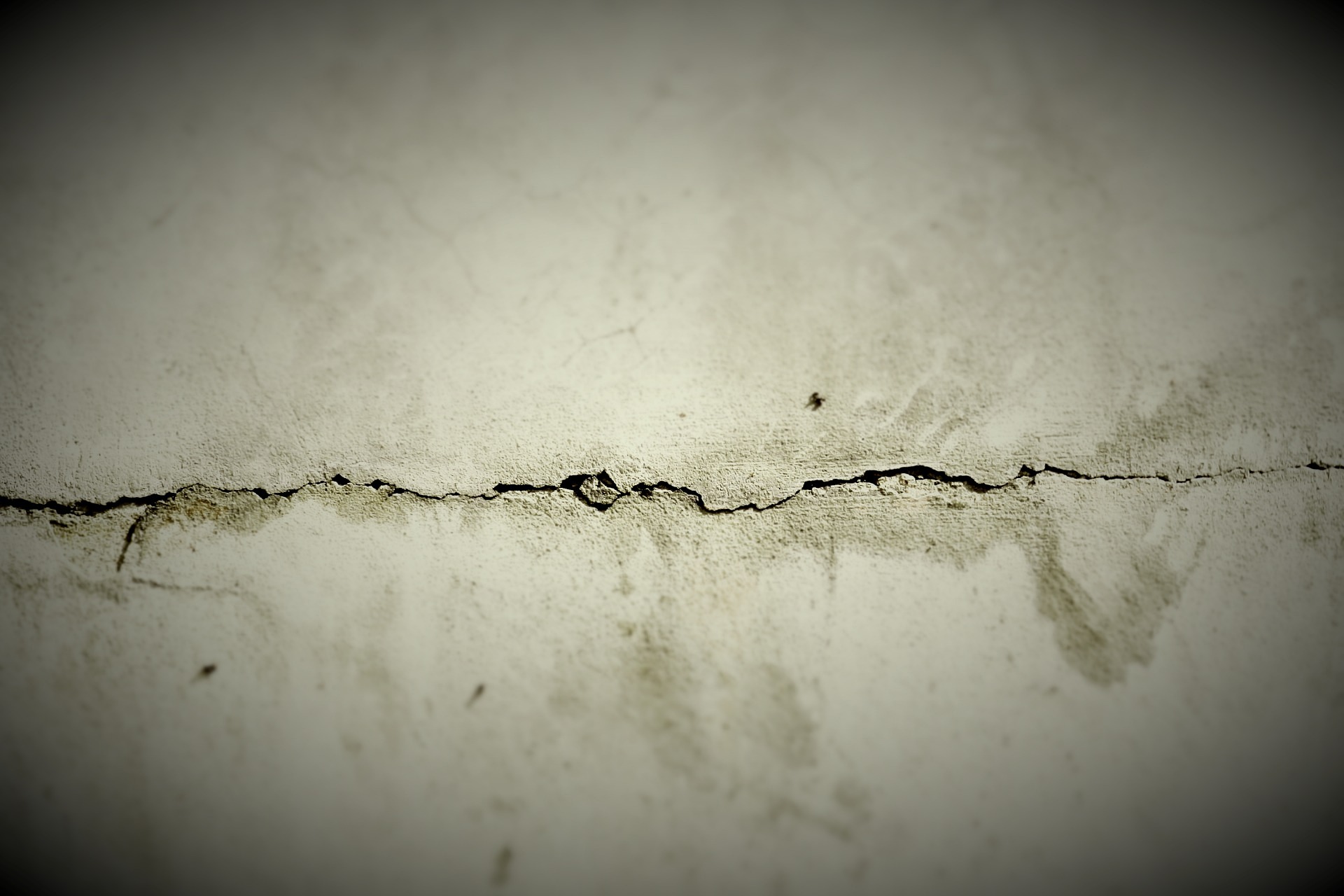Understanding Structural Repair Contractors: Expertise for Building Integrity
Structural repair contractors play a crucial role in maintaining and restoring the integrity of buildings. These professionals specialize in addressing issues that compromise the structural stability of houses, commercial buildings, and other structures. From foundation problems to damaged support beams, structural repair contractors possess the knowledge and skills to identify, assess, and rectify a wide range of structural issues.

How do structural repair contractors assess building issues?
When called upon, structural repair contractors begin by conducting a thorough assessment of the building in question. This process involves visual inspections, often aided by specialized equipment such as moisture meters, thermal imaging cameras, and laser levels. Contractors examine the foundation, walls, floors, and roof for signs of damage or weakness. They may also review the building’s history, including previous repairs and renovations, to gain a comprehensive understanding of the structure’s condition. Based on their findings, structural repair contractors develop detailed repair plans tailored to address the specific issues identified during the assessment.
What types of foundation repair techniques are commonly used?
Foundation repair is a significant aspect of structural repair work. Contractors employ various techniques depending on the nature and severity of the foundation problem. Common methods include:
-
Underpinning: This involves extending the foundation deeper or wider to provide additional support.
-
Piering: Steel or concrete piers are installed beneath the foundation to stabilize and potentially lift settling structures.
-
Slabjacking: Also known as mudjacking, this technique involves pumping a grout mixture under a concrete slab to raise and level it.
-
Crack injection: Epoxy or polyurethane materials are injected into foundation cracks to seal them and prevent water infiltration.
-
Waterproofing: Various methods are used to protect foundations from water damage, including the installation of drainage systems and waterproof coatings.
How do structural repair contractors address issues in older buildings?
Older buildings present unique challenges for structural repair contractors. These structures often have historical significance and may require specialized approaches to maintain their integrity while preserving their character. Contractors working on older buildings must be well-versed in traditional construction methods and materials. They may employ techniques such as timber frame repair, masonry repointing, or the careful replacement of deteriorated structural elements with period-appropriate materials. Structural repair contractors also need to consider modern building codes and safety standards when working on older structures, finding ways to enhance structural integrity without compromising the building’s historical value.
What factors influence the cost of structural repair services?
The cost of structural repair services can vary widely depending on several factors. These include the extent of the damage, the size and type of the building, the specific repair techniques required, and the materials needed. Location also plays a role, as labor and material costs can differ significantly between regions. Additionally, the accessibility of the damaged areas and any necessary preparatory work, such as excavation or temporary support structures, can impact the overall cost.
| Service Type | Typical Cost Range | Factors Affecting Cost |
|---|---|---|
| Foundation Repair | $2,000 - $7,500 | Extent of damage, repair method, foundation type |
| Basement Waterproofing | $2,500 - $7,000 | Size of basement, severity of water issue |
| Crack Injection | $300 - $800 per crack | Size and depth of crack, material used |
| Structural Beam Replacement | $1,500 - $5,000 | Beam size, location, material |
| Underpinning | $1,000 - $3,000 per pier | Number of piers needed, soil conditions |
Prices, rates, or cost estimates mentioned in this article are based on the latest available information but may change over time. Independent research is advised before making financial decisions.
How can homeowners maintain their property to prevent structural issues?
Preventive maintenance is key to avoiding costly structural repairs. Homeowners can take several steps to maintain their property’s structural integrity:
-
Regular inspections: Conduct visual checks of the foundation, walls, and roof for signs of cracks or water damage.
-
Proper drainage: Ensure gutters and downspouts direct water away from the foundation.
-
Moisture control: Address any plumbing leaks promptly and maintain proper humidity levels in basements and crawl spaces.
-
Tree management: Keep large trees at a safe distance from the house to prevent root damage to the foundation.
-
Timely repairs: Address small issues quickly before they develop into more significant structural problems.
By understanding the role of structural repair contractors and implementing preventive measures, property owners can better maintain the integrity and value of their buildings. When structural issues do arise, prompt intervention by qualified professionals is essential to ensure the safety and longevity of the structure.






